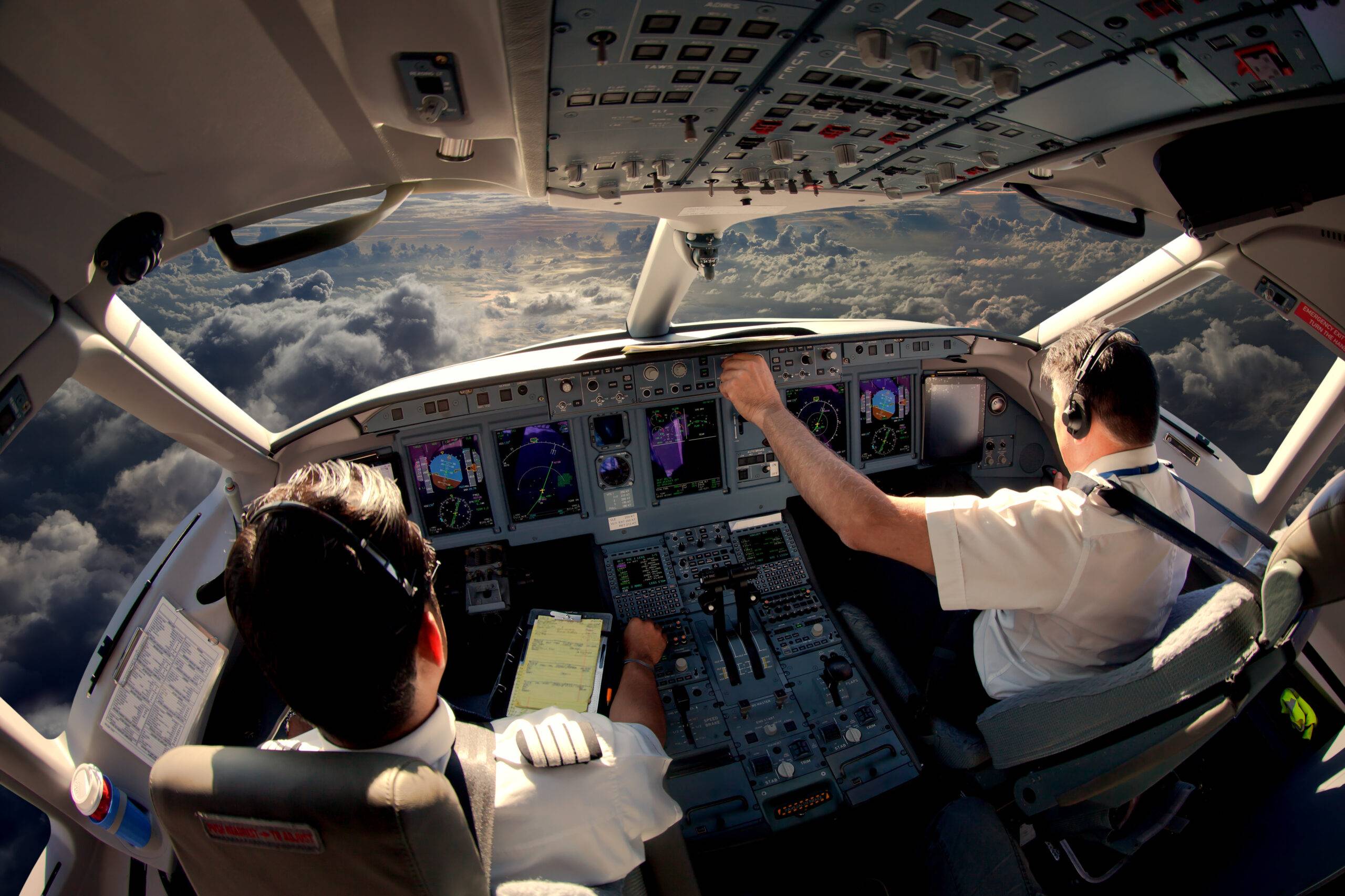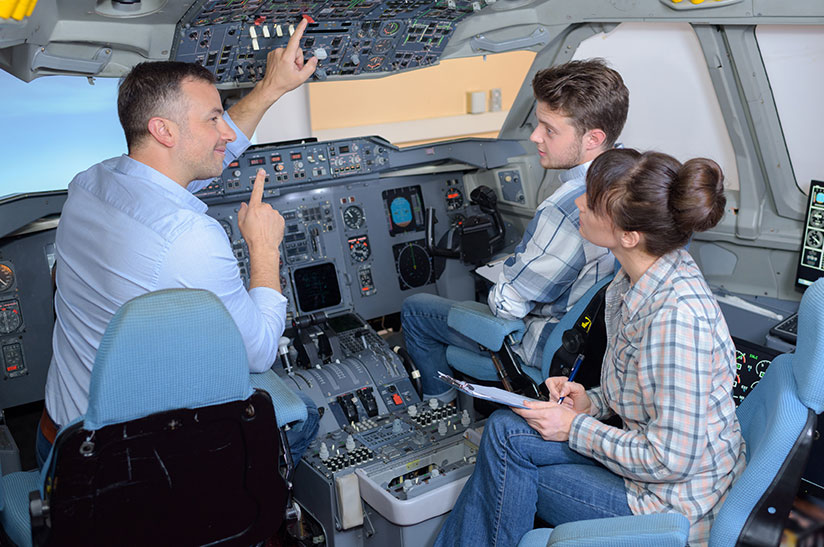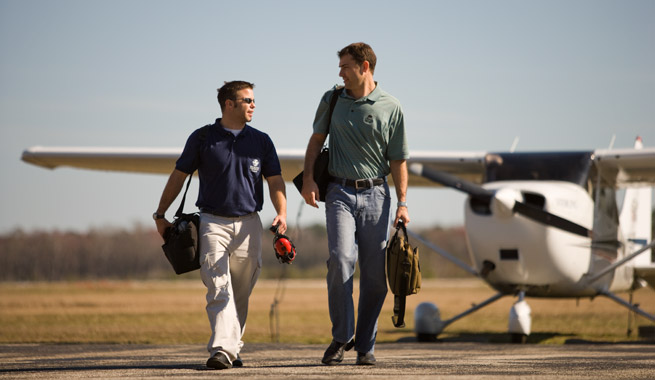The dream of soaring through the skies as a pilot is within reach, thanks to pilot training programs that equip you with the skills to earn a pilot license or flight certification. In 2025, with the aviation industry projected to add 193,100 jobs annually through 2031 (per BLS), flight training offers a pathway to a high-paying, dynamic career. However, costs—ranging from $80,000 to $150,000—can be daunting. From private pilot licenses to airline transport pilot certifications, this 1,200-word guide explores the best pilot training options, costs, steps, and career prospects, drawing from FAA, AOPA, and industry insights. Whether you're a teen eyeing your first flight certification or a career changer, this is your roadmap to the cockpit.
Why Pilot Training Is a Smart Move in 2025
Booming Aviation Demand
The aviation sector is soaring, driven by post-pandemic travel recovery and pilot retirements. The BLS projects a 6% job growth through 2032, with 200,000 openings yearly for pilots in airlines, cargo, and corporate roles. In 2025, airlines like Delta and United offer $20,000 signing bonuses to attract trained pilots, per industry reports.
Lucrative Salaries
Pilots with a pilot license earn $70,000–$150,000 starting, with major airline captains reaching $200,000–$300,000. Regional first officers make $40,000–$80,000, while corporate pilots enjoy $60,000–$150,000 with stable schedules. A 2025 PayScale report shows certified pilots earn 20% more than non-certified peers.
Career Flexibility
Flight training opens doors to roles like commercial pilot, flight instructor, or aviation manager. With 60% of pilots working flexible hours, it suits diverse lifestyles. Advanced certifications like ATP or CFI lead to international or entrepreneurial opportunities.
Accessible Training
Accelerated programs compress pilot training into 9–18 months, compared to 4 years for traditional degrees. In 2025, 70% of programs offer hybrid formats, blending online ground school with in-person flights, making training accessible to 80% of aspiring pilots.
Types of Pilot Training Programs
Private Pilot License (PPL)
The PPL, the first step, requires 40 flight hours (20 with an instructor) and costs $10,000–$15,000. It allows non-commercial flying. In 2025, 90% of PPL students complete training in 3–6 months.
Instrument Rating (IR)
IR training (50 hours, $8,000–$12,000) enables flying in low visibility, a must for commercial roles. It takes 2–4 months, with 85% pass rates.

Commercial Pilot License (CPL)
The CPL (250 total hours, $25,000–$40,000) allows paid flying. Accelerated programs like ATP Flight School complete it in 6–9 months, costing $95,000 with 90% job placement.
Certified Flight Instructor (CFI)
CFI training (150 hours, $5,000–$8,000) lets you teach, building hours while earning $30–$50/hour. In 2025, 60% of CFIs advance to airlines within 2 years.
Airline Transport Pilot (ATP)
The ATP (1,500 hours, $10,000–$20,000) is required for airline captains. Cadet programs like United Aviate streamline the path, with 95% job placement.

Steps to Start Pilot Training
Step 1: Meet Prerequisites
-
Age: 17+ for PPL, 18+ for CPL.
-
Education: High school diploma or GED.
-
Medical: FAA second-class medical certificate ($100–$200).
-
English proficiency for FAA exams.
Step 2: Choose a Flight School
Select FAA-certified schools with high pass rates (85%+). Options:
-
ATP Flight School: 9-month CPL program, $95,000, 90% placement.
-
Embry-Riddle Aeronautical University: 4-year degree + PPL, $120,000, 95% placement.
-
Local Flight Schools: Modular training, $80,000, flexible pacing.
Step 3: Complete Ground School
Ground school (online or in-person, $200–$500) covers aerodynamics, navigation, and FAA regulations. In 2025, 80% of schools use apps like Sporty's for study.
Step 4: Log Flight Hours
PPL requires 40 hours, CPL 250, and ATP 1,500. Accelerated programs combine simulator and real flights, cutting costs by 10%.
Step 5: Pass FAA Exams
Written exams ($150–$200) and practical checkrides ($500–$1,000) test skills. In 2025, 85% of students pass on the first try with prep tools like Gleim.
Step 6: Earn Certifications
Complete flight certification for PPL, IR, CPL, or ATP. Renewals every 1–2 years cost $100–$300.
Step 7: Launch Your Career
Start as a flight instructor or regional pilot. Network via AOPA or EAA events for 60% faster job placement.

Costs and Funding Options
Typical Costs
-
PPL: $10,000–$15,000.
-
IR: $8,000–$12,000.
-
CPL: $25,000–$40,000.
-
ATP: $10,000–$20,000.
-
Total: $80,000–$150,000.
Additional expenses: Equipment ($500), exams ($1,000), medicals ($200).
Funding Strategies
-
AOPA Scholarships: $5,000–$20,000 for PPL or IR; apply by February 28.
-
EAA Ray Scholarships: $10,000 for youth; deadline January 31.
-
Federal Pell Grants: Up to $7,395 via FAFSA for degree programs.
-
GI Bill: Covers 100% for veterans at approved schools.
-
Aviation Loans: AOPA Finance offers 4–7% interest, up to $100,000.
-
Cadet Programs: United Aviate ($89,000 with scholarships), Delta Propel ($50,000).
In 2025, 40% of students use scholarships, reducing costs by 20–30%.
Choosing the Right Flight Training Program
-
Accreditation: FAA Part 141 or 61 certification.
-
Aircraft: Modern fleets (e.g., Cessna 172) with glass cockpits.
-
Instructors: 1:5 student-to-instructor ratio.
-
Location: Stable weather, complex airspace (e.g., Florida schools).
-
Placement: 90%+ job placement rates.
Top schools: ATP Flight School (9 months), Embry-Riddle (4 years), Florida Flyers (modular).

Challenges and Solutions
-
Cost: High tuition deters 30% of aspirants. Solution: Scholarships and loans cover 50% for eligible students.
-
Time Commitment: Full-time programs demand 40–60 hours/week. Solution: Modular training for flexibility.
-
Access: Rural areas have 20% fewer schools. Solution: Online ground school and simulator training.
-
Competition: Airline jobs require 1,500 hours. Solution: CFI roles build hours while earning.
Success Stories
-
Lila: AOPA’s $5,000 scholarship funded her PPL; now a regional first officer at $70,000/year.
-
Jamal: Delta Propel’s cadet program led to an ATP and airline job in 18 months.
-
Sophia: Embry-Riddle’s degree and CPL landed her a corporate pilot role at $90,000.
The Future of Pilot Training in 2025
In 2025, flight training evolves with VR simulators (used by 60% of schools), AI-driven ground school, and hybrid formats. Cadet programs expand, with 70% of graduates hired by airlines. Demand for eco-friendly aviation skills grows 15%, per FAA data.

Practical Steps to Start
-
Research Schools: Compare ATP, Embry-Riddle, or local options.
-
Get a Medical Certificate: Visit an FAA Aviation Medical Examiner ($100–$200).
-
Apply for Funding: Submit for AOPA, EAA, or FAFSA by spring deadlines.
-
Start Ground School: Use Sporty’s ($200) or in-person classes.
-
Log Hours: Begin with discovery flights ($100–$200).
-
Stay Connected: Join AOPA or EAA for networking.
Conclusion: Take Flight with Pilot Training
Pilot training in 2025, from flight training to earning a pilot license or flight certification, is your gateway to a thriving aviation career. With scholarships, cadet programs, and accelerated courses, the skies are closer than ever. Start today: choose a school, apply for funding, and visit online platforms for resources. Your journey to the cockpit begins now—reach for the stars.










.jpg)


